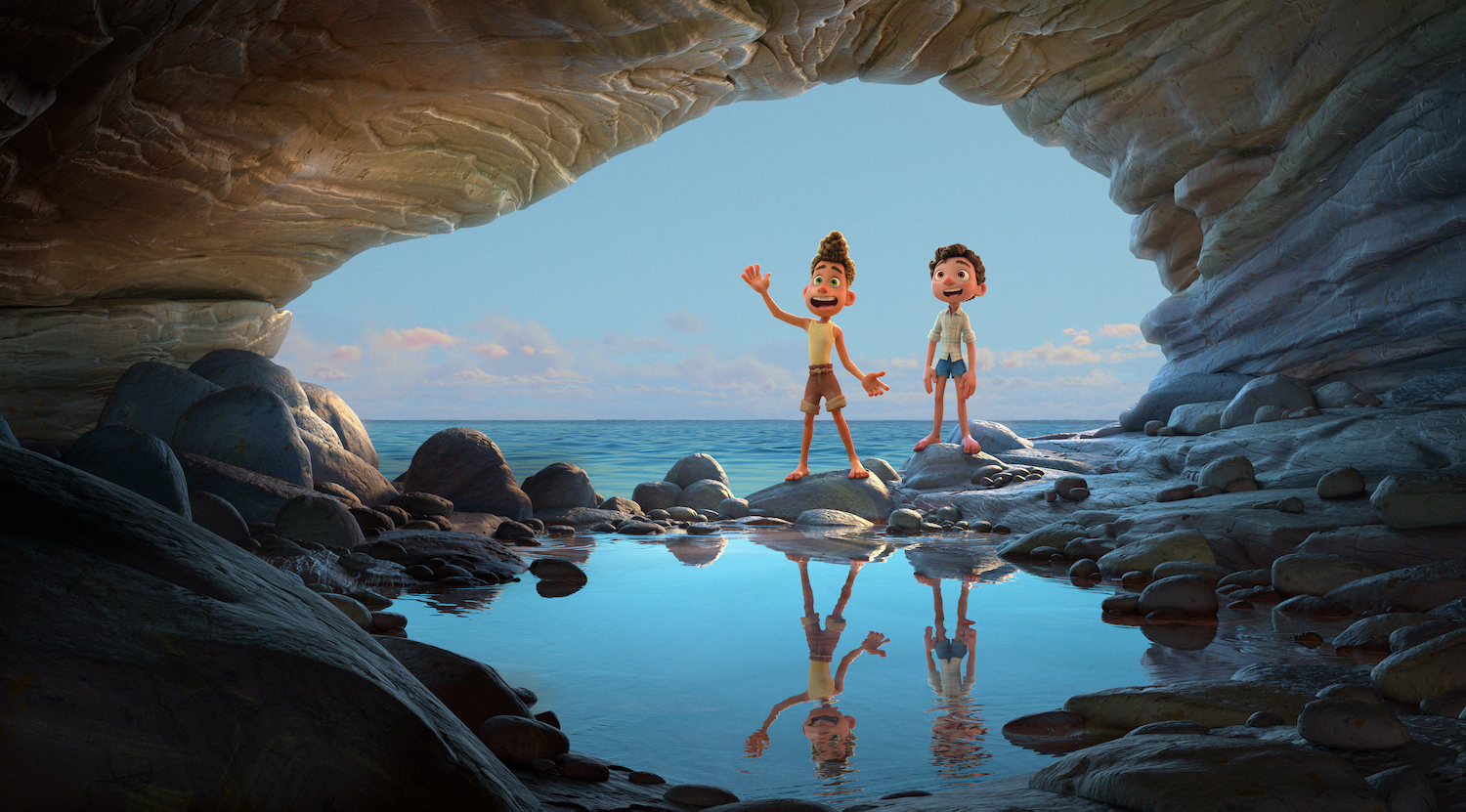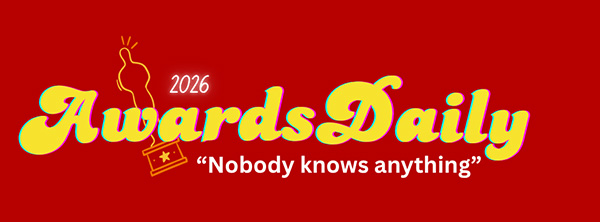When Disney/Pixar’s Luca debuts on Disney+ June 18, viewers will find themselves magically transported to the picturesque seaside Italian town of Portorosso. Verdant Italian grasses cover mountains rising from the majestic Italian Riviera. Authentically rustic Italian buildings dot the landscape shielded by an impossibly blue sky. You can practically feel the sun on your skin and taste the luscious gelato and ever-present pasta. The film feels as close to a completely visceral experience as Pixar has produced to date.
And that’s exactly what director Enrico Casarosa and team wanted to achieve.

“I had the luck to grow up in Genoa—a port city on the Italian Riviera,” Casarosa said. “It’s a very specific coast because it’s really steep—the mountains rise up from the ocean. The towns are stuck in time—they’re so picturesque. I always imagined them like little monsters coming out of the water.”
Disney/Pixar’s Luca introduces Luca (voiced by Jacob Tremblay), a 13-year-old sea monster whose friendship with Alberto (voiced by Jack Dylan Grazer) evolves over a summer in the late 1950s or early 1960s. The lack of a specific timeframe actually emerged as a deliberate choice by the production team. Film posters from La Strada and Roman Holiday do appear throughout the film, but they exist to represent the golden era of Italian filmmaking, according to Casarosa.
That throwback also reflects in the choices of period-adjacent music and in the characters’ infatuation with Vespas.
“We really were inspired by so many of these little details. I just think that there’s a little bit of a timelessness and a nostalgia to it. Those were the things that we really chased as far as the period,” Casarosa shared.

In a throwback of sorts to Disney’s classic The Little Mermaid, Luca and Alberto are fascinated with items from the human world. It’s that fascination that draws Luca out of the sea onto land where he unexpectedly takes on human form. As with Ariel, he’s been barred from venturing out of the water, but the allure of the unknown pulls him above the sea.
When settling on a look for the sea monsters, Pixar artists sought representation as far back old Renaissance maps to marry with scientific illustrations of fish from the region as well as Japanese drawings of dragons and serpents. Given the human’s prejudice against the sea dwellers, it’s difficult not to imagine parallels to modern crimes against Black, Asian, and other minority groups. Luca filmmakers hope audiences embrace one of the film’s other themes: acceptance both from the community at large and from within.
“We hope that the sea monster could be a metaphor for all sorts of feeling different–like being a teen or pre-teen. That moment where you feel odd,” Casarosa explained. “There are all sorts of ways of feeling different. It felt like a wonderful way to talk about that and having to accept ourselves first, whatever way we feel different.”

But the heart at the center of the story remains the friendship between Luca and Alberto. A pre-pubescent friendship uncomplicated by teenage crushes and boy or girl troubles. Luca, in fact, would never have emerged from his isolation without a literal push from Alberto. That push causes Luca to, over the course of the film, embark on a journey of self-exploration and change.
That theme resonates as deeply personal to Casarosa.
“This movie is about the friendships that change us,” said Casarosa. “It’s a love letter to the summers of our youth—those formative years when you’re finding yourself.”
Luca premieres on Disney+ on June 18.
















